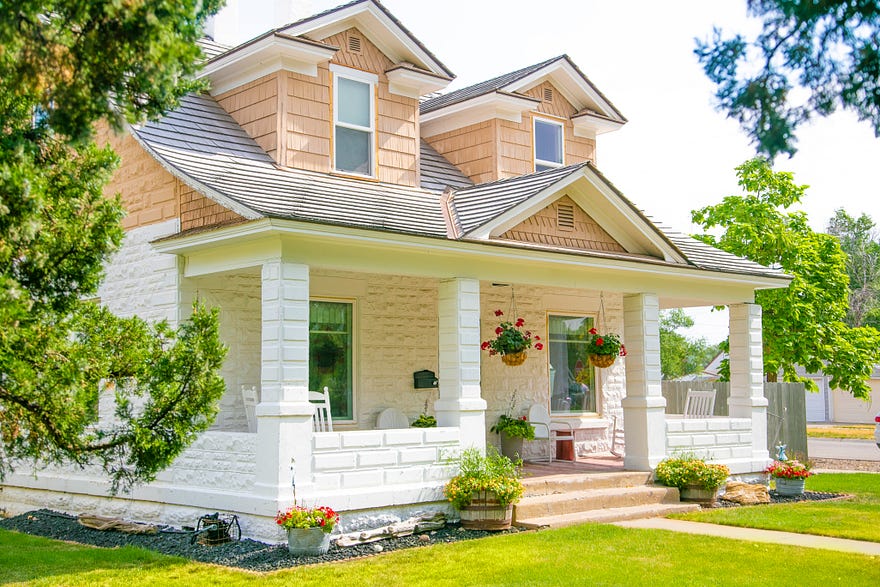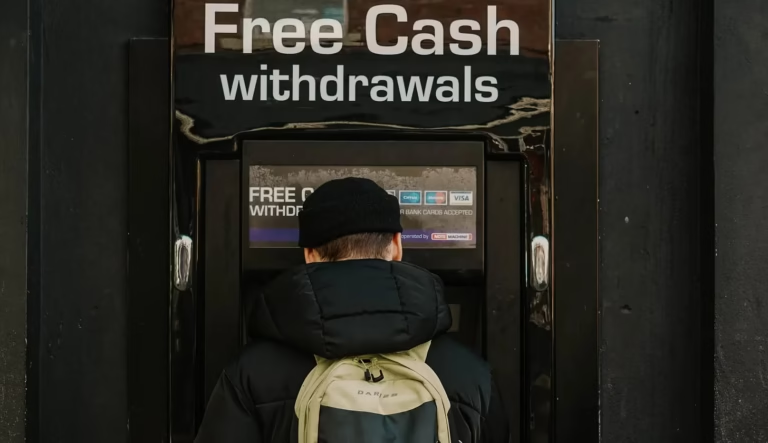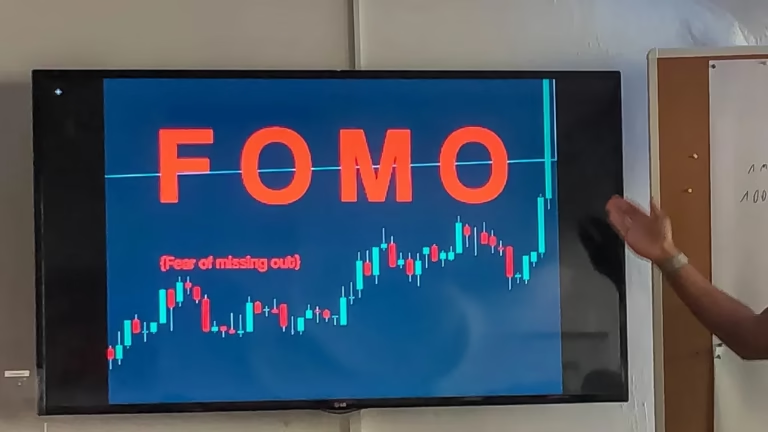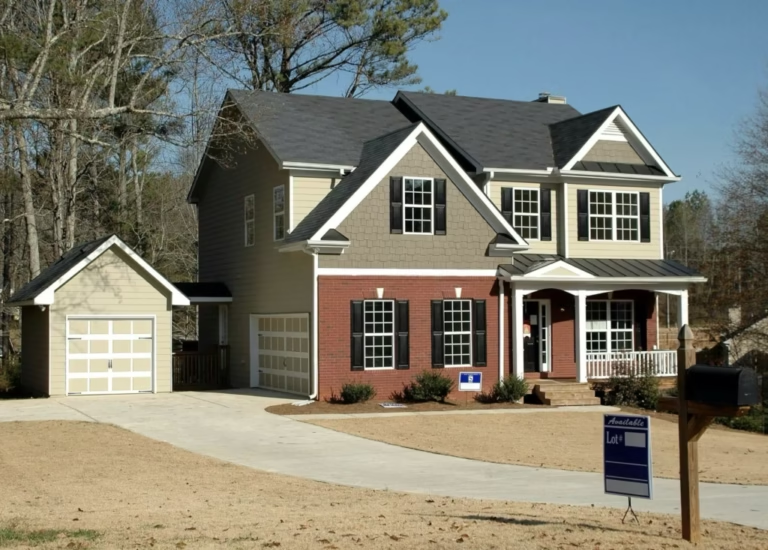A new way to service the growing number of retirees and reach your Time Freedom Point faster
If you have been following my work in the Ideal Wealth Grower publication, our website, YouTube Channel, Podcast interviews, mindset manual, Bigger Pockets posts, you will have seen that I have been preaching investing in single-family homes for years now.
Because I live in an expensive and underperforming area of the country I suggest investing out-of-state in better-performing locations.
To make the whole approach passive I recommend working with a few select very high-quality turnkey providers.
If you have been following so far you know that this will lead to a portfolio of single-family homes that will produce positive cash flow from day 1 after closing.
As time goes on, your tenants pay down the mortgage, cover all other expenses related to the property and still leave a few hundred dollars in your pocket each month. Every year or two the rent increases a little, increasing what you receive in passive income.
For most people who come to me and ask me to help them replicate the path I have been on for years, it takes about 8–10 years, at the most 12 years to reach a passive income goal that covers all your expenses. If you start with absolutely no money on Day 1 you might have to add 2 more years to get enough funds to purchase your first property. Things accelerate from there.

For many people I have spoken to in person or podcasts hosts who asked me about the “Plan”, the reaction was often: “Yes, I get it but that’s a long time”.
Well, it might appear that way in our time of instant gratification in immediate returns. It’s a little different when you think about it this way:
Sit down and put your current age to the forefront of your mind. Do you have that number?
Now add 12 years (or 14 if you feel you have no money to invest right now)
Add those two numbers together.
Whatever your result is — that the age at which you would reach your Time Freedom point — the point in time on the calendar where you no longer have to work or exchange time for money to cover all the costs of your daily life.
So what was your result? 35, 40, 45, even 50?
Think about. From that age on you never have to work again. Yes, you can, full-time, half-time, part-time — totally up to you. That’s why I call it Time Freedom Point — You have the freedom to decide.
Still, with all that said, people kept asking me: “Isn’t there a way to do this faster”
There used to be 3 ways:
You could reduce the Time Freedom Point Number. If you originally said you needed $4000/month, which means you need about 12–15 single-family houses at today’s performance values (about $200/month positive cash flow on day 1 and moderate annual increases over time). Instead of about 12 years to buy 12–15 houses, you would be finished faster if you reduce your number to $3000/month and then only need about 8-10 houses and about 8–9 years.
The second way to reduce the time to reach the Time Freedom point was always: Put more money into your accumulation account, take money out of any existing investments, like 401K, etc. If you could start with $50000, that means you could immediately buy 2 houses. If you can, in addition, save $2000 and put that in your accumulation account you could buy more than 1 house each year and would be done in 8 years or less, depending on how frugal you are and how high your Time Freedom Point number is.
The third way that has been considered is Airbnb. Even if you only have a very modest amount of money to start to invest in your first property, the assumption is that you would aim to find the properties in locations that are very desirable to renters for as many weeks and months of the year and you could maximize rental income. There are thousands of stories available that state: Get $300/day for your house. Rent it short-term 30 days a month. That basically close to $10000/month. Get 80% occupancy and you make $80000/year on a $125K property. It’s paid off in 2 years and then your time freedom point is reached when you have 3 properties.
In most cases, this 3rd option does not work out that way but even if you were able to do this with a lower occupancy closer to 50% it still results in better numbers, at first glance, than long-term renting. What’s never been talked about are the expenses of running a fully furnished and cleaned weekly Airbnb-house. I am always a little skeptical because I believe it can only work if you are willing to make that your business but doing it very passively is tricky.
So what’s this new alternative that might give us the best of both worlds — dependability combined with passivity plus higher revenues?
I heard about it the first time from a person I respect a lot when it comes to real estate — Ken McElroy. He is one of the trainers for the Rich Dad Poor Dad organization and a close friend of Robert Kiyosaki.
He pointed to a reality that is related to demographics. A lot of Baby Boomers are retiring every month or have already retired. They have been able to create a lot of assets. It is currently estimated that they will transfer $35 Trillion to their heirs.
Until they travel over the rainbow bridge though, they finally want to do what they denied themselves for decades. Most of them worked very hard for 40 years always looking forward to the retirement year to finally be able to go to the places they always wanted to visit. They join a growing number of affluent people who made their money in financial services, sold companies they founded, had great success in stock market investments.
Both the baby boomers and other affluent people are part of a growing group of people who don’t want to be in a rush when they visit a location. I like to call them “The Explorers”.
When we traditionally used to speak about renting we divided into long-term tenants and short-term visitors. So what’s an Explorer?
Explorers want to stay in a location to truly explore it. Have the opportunity to get a feel for the vibe, the culture of a location. They don’t want to be on a plan full of stations — meaning visiting 3–4 sites a day to make it through as many as possible during a 7-day vacation. They are literally the opposite of the very first American friends I made who frequently prided themselves that they were able to visit 11 European countries in 8 days.
What do Explorers do and how does it apply to our single family rental houses?
Explorers don’t visit a place, they visit a region. They go to the southern Rockies instead of visiting Santa Fe. They go to the California Central Coast instead of visiting Santa Barbara. They want to explore all of Baja California, instead of going to San Diego or Tijuana.
Exploring means taking time to see. Then taking time to feel. Then taking time to digest within the local culture. Then add some more.

It takes 3–4 months to explore a region. They might do a season in a region one year and come back a few years later for another season.
What makes them special is that they typically respect that it takes more effort for a landlord/investor to provide a place for 3–4 months than just renting it for several years. It also takes inventory, furnishings, etc. with some similarities to Airbnb.
A hotel in a location would easily be $4000/month or $15000 for the accommodations plus at least $3000 for a vehicle for a single “Exploration”. For that, you probably get a 400sqft hotel room and some breakfast every day.
Compare that to one of our single-family houses with a little garden, a car already provided sitting in the garage, and space to bring what you need for 3–4 months stay. If we only charge 50% of what a hotel would charge, we are looking at $2000 — $2500/month, possibly more for a property that would normally rent for $1000 — $1250.

What’s cool about that is that you don’t have anywhere near as much turnover as you have with Airbnb and the cost of furnishings and cleaning are quickly recovered, probably in 1 year or less.
The bookings for an “Explorer property” would be planned much more in advance and you would only need 3–4/year.
It’s a new idea I will pursue more deeply and report back. I know that “The Explorers” are real and they want to come and stay for more than a short visit.
If everything fails and the property is suitably selected, it could still work as an Airbnb if you want to do all the work or you can always turn it back to a furnished long-term rental.
If you have already had experiences with “the Explorers”, please let me know and the readers of our publication know.
If you like the idea of residential real estate investing and the Time Freedom Point but don’t have the patience needed for the long-term rental approach, maybe you want to try renting to Explorer and reach your Time Freedom Point a little faster.





